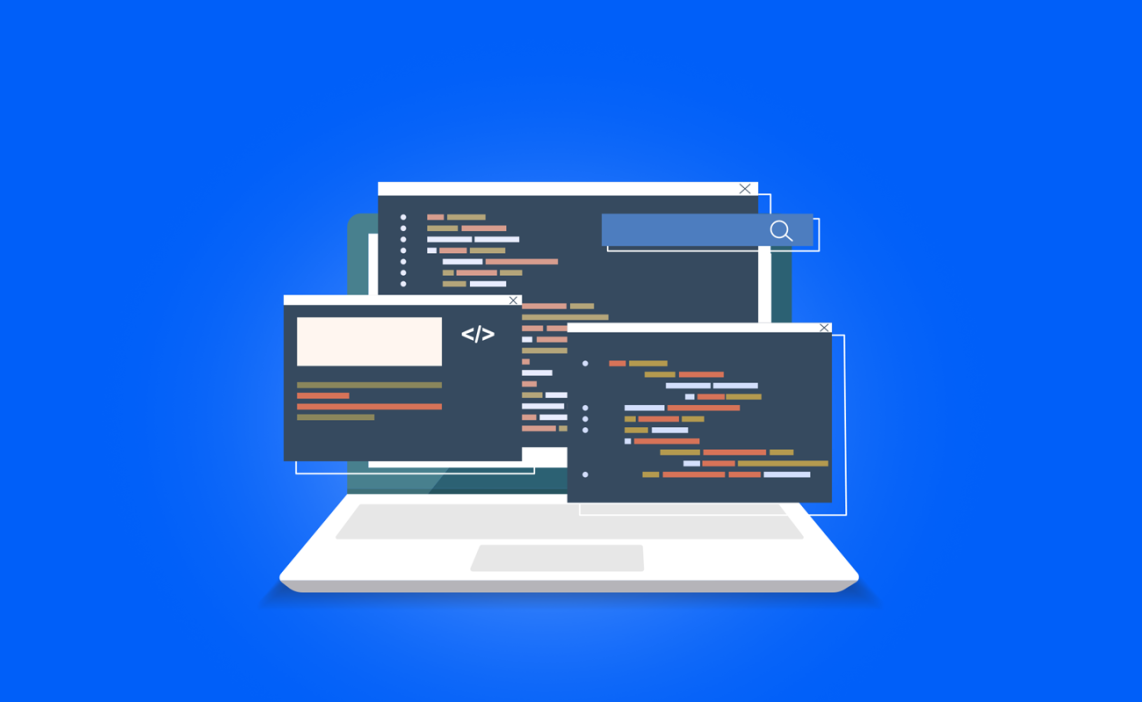A virtual browser is an invaluable tool in web applications, enabling efficient data collection and automatic data input tasks. Unlike a typical web app that runs on your local machine, these specialized web browsers operate within a virtual environment, independent from your operating system, providing a wide range of benefits.
Harnessing the Power of Virtual Browsers
The virtual browser operates within a dedicated space on virtual machines, often housed in cloud-based infrastructures across the US. This setup facilitates enhanced security and efficient browser testing in a regulated environment. It’s critical to ensure your browser-compatible web applications run smoothly and efficiently.
Bypassing Anti-Bot Protections
Web automation often involves bypassing ‘anti-bot’ protections that websites use to distinguish human users from automated scripts. These safeguards distinguish between human users and automated scripts to prevent malicious activities. However, they can also hinder legitimate tasks by web automation developers.
This is where a virtual browser comes into play. It has an unusual skill. It can imitate human browsing behavior. This makes it a valuable tool for getting past anti-bot measures.
This is typically achieved through methods such as slowing down the interaction speed to mimic human input, rotating user agents to appear as different browsers, and managing cookies intelligently to maintain a consistent user profile.
Furthermore, some virtual browsers can also manage CAPTCHAs, either by integrating with third-party solving services or by returning the CAPTCHA to the user for manual solving.
By bypassing these protections, you can streamline web automation tasks, enhance productivity, and ensure your scripts interact with target websites as intended. With virtual browsers, the hurdle of anti-bot protections can effectively be reduced to a minor speed bump.
Prioritizing Privacy in Web Automation
Privacy is a critical factor when working with web automation tasks. Essential operations like data collection and automatic data input can inadvertently expose sensitive information if not properly managed. Therefore, prioritizing privacy in web automation is crucial.
Protect your online identity and location using Virtual Private Networks (VPNs) and proxies. Integrate these into your virtual browser for added security. This technique effectively masks your IP address and obscures your geographic location from web servers, preventing unwanted tracking.
In addition, adopting advanced cookie management strategies and tracking protection tools can minimize data leakage and exposure to third-party trackers. Implementing measures such as automatically deleting cookies after each session and blocking third-party cookies can add an extra layer of privacy.
A more sophisticated tracking method websites employ is browser fingerprinting, where your activities are tracked based on your browser settings and system information. Countering this requires specialized tools, many of which are in modern virtual browsers. These tools can randomize or obfuscate your browser attributes, making it much more difficult for websites to create a unique fingerprint.
Optimizing the Performance of Virtual Browsers
Performance is paramount in the realm of web automation. To enhance your virtual browser’s speed, consider strategies such as efficient resource management, judicious add-on selection, and timely browser updates and patches. Opting for a browser that runs smoothly ensures a seamless experience while managing demanding web applications.
Virtual Browser Testing
Virtual browser testing is a critical aspect of web automation development. A virtual browser offering a free test can be an invaluable asset in this process. It provides an opportunity to evaluate the browser’s performance across different scenarios, stress conditions, and data input and output volumes.
Furthermore, cross-browser compatibility testing becomes a breeze with virtual browsers. By testing web applications on different browsers in a virtual environment, you can confirm that your application runs smoothly regardless of the end user’s browser choice. This guarantees a seamless user experience across all platforms.
This process also allows you to assess how the browser interacts with different operating systems and varying hardware specifications. A virtual browser operates independently of the user’s physical hardware to simulate various environments.
Ensuring Stability in Virtual Browsers
Ensuring stability in a virtual browser is a critical aspect of effective web automation. Stability acts as a safeguard, preventing disruption in productivity caused by unexpected crashes or irregular browser behavior. To maintain stability, it’s crucial to implement good scripting practices and robust error-handling measures.
This includes anticipating potential errors and coding suitable responses or fallbacks. Regular system health checks and updates are equally important.
These keep the browser running smoothly and ensure it’s up-to-date with the latest features and security patches. Furthermore, selecting a virtual browser with a reputation for stability can provide additional peace of mind. Such a browser will help to ensure that web automation tasks remain on track, effectively minimizing downtime and maximizing productivity.
Therefore, stability isn’t just a desirable feature in a virtual browser; it’s necessary for efficient and reliable web app development.
The Importance of Technical Support
Reliable and accessible technical support can be a lifesaver in the face of web challenges. It can transform a challenging day of troubleshooting, making it a crucial factor when choosing a browser for web automation tasks.
Cost-Efficiency of Virtual Browsers
Developers appreciate an elastic, predictable price tag that adjusts according to usage intensity. While free test drives can be enticing, the real cost of a virtual browser varies based on factors like the number of users, data used, and the level of tech support needed.
Conclusion
Like a master mechanic refining a high-performance vehicle, optimizing a virtual browser requires skill and knowledge. Enhancing privacy and performance, ensuring cross-browser compatibility and stability – each of these tweaks contributes to a better browsing experience.


